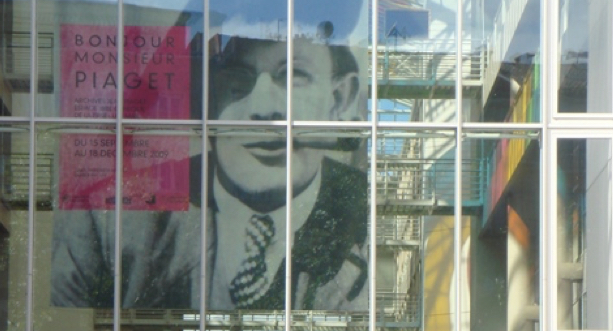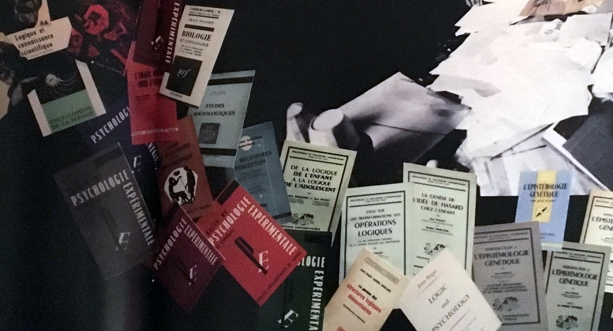“If I had a completely new idea, I wouldn’t be able to understand it.”
Jean Piaget with Constance Kamii conducting an experiment, Ypsilanti, USA, c. 1965. Photo Wayne Behling
A genuine research culture developed around Piaget, in Geneva and around the world, between 1920 and 1980. To illustrate the Piagetian spirit, Richelle (2000) referred to theoretical coherence, experimental inventiveness, multidisciplinary openness and heuristic fertility. This research culture was based on a specific approach—the clinical method—and an epistemology known for its simplicity.
- Accueil
- >
- The Piagetian spirit
- >
- The Piagetian spirit
The Piagetian spirit
According to Marc Richelle, the Piagetian spirit can be characterized by theoretical coherence, experimental inventiveness, pluridisciplinary openness and heuristic fecundity. Theoretical coherence can be found in this spirit of synthesis that many Piagetian works and concepts illustrate: adaptation, interaction, complementarity between structure and genesis, equilibration, constructivism, reversibility, the role of action, etc. Pluridisciplinary openness illustrates the view according to which certain disciplinary divisions of a research object overshadow the interdisciplinary relationships that give it full meaning. The experimental inventiveness and heuristic fecundity are rooted in two key elements of the research culture: the clinical method and the epistemology of simplicity.
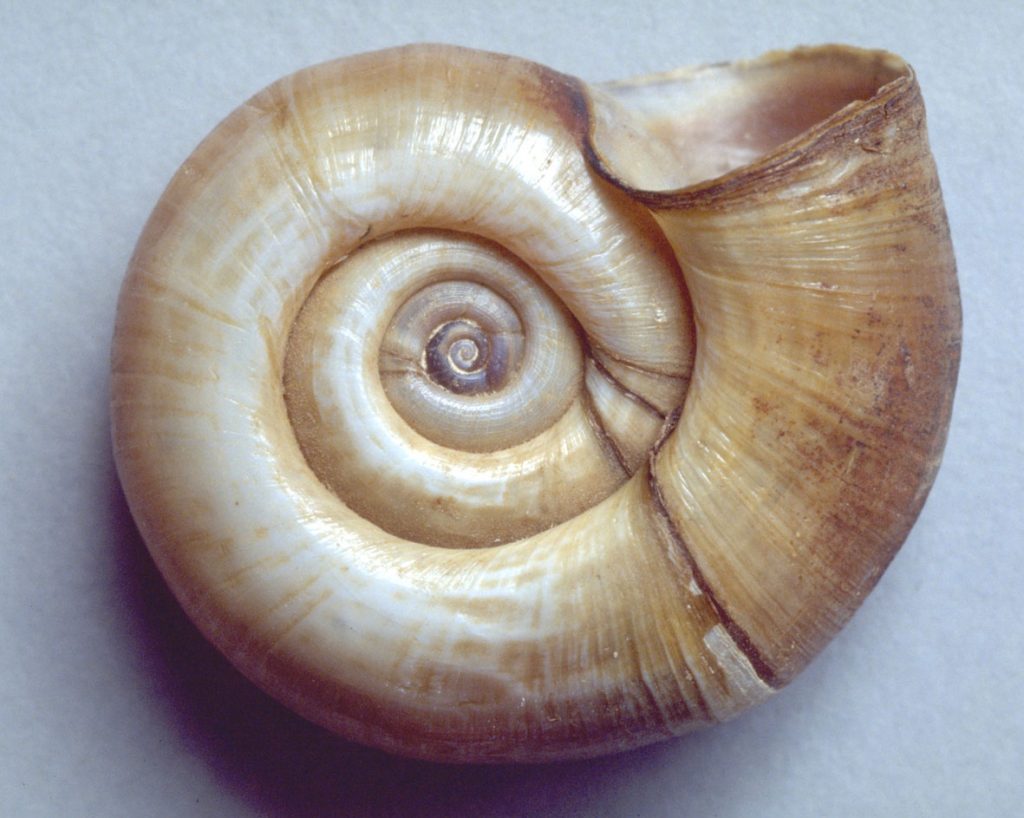
Mollusk from Jean Piaget’s collection, natural structure of the spiral.
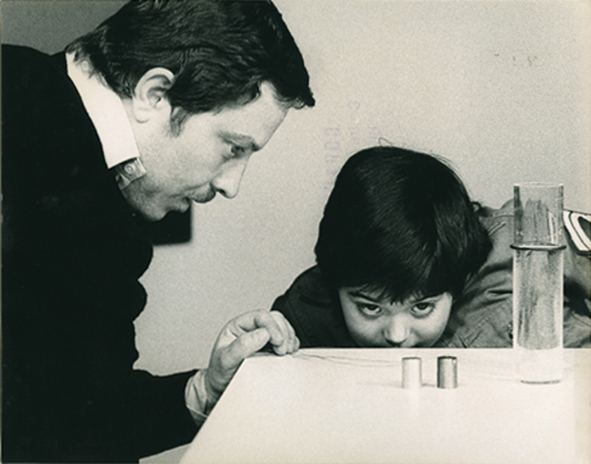
Checking equality during weight-volume dissociation. Photo Alain Perruchoud
The Clinical Method
Many works have tried to circumscribe the intellectual influences of the clinical method, which combines various elements of psychiatry, tests, elements of the new school and even introspection and improvisation. The result is a true art of clinical interrogation, transmitted at the School of Geneva. Invented in 1920, this method was initially verbal – asking children for an explanation of certain phenomena – and then modified through the introduction of different simple materials that were transformed in front of the child – a method known as clinical-critical. Thanks to this strategy, Piaget and his collaborators have collected tens of thousands of experimental “protocols”, in other words, data that have served as the basis for numerous books, articles and theses, both by Piaget and by other researchers. In the second half of the 20th century, due to the mastery of the clinical method, psychologists trained in Geneva were in great demand in the hospitals of several regions of the world.
Simplicity
At the heart of the clinical method is a set of knowledge, practices and techniques that represent the culture of simplicity transmitted at the School of Geneva. This is characterized by an interactive practice with the child, based on the capacity of the experimenter to put himself at his level, through his language and his skills, establishing a playful framework for action, guided by simple materials that can be assimilated to toys or familiar objects. This is a semi-directed interview, in accordance with the canons defined by Piaget since 1926, in which the experimenter seeks to approach the child’s point of view, something that is at the antipodes of the pedagogical posture and the rigid direction of standardised psychological tests. The material used is as simple as it is highly heuristic. Thus, with some wooden cubes one can explore the conservation of volume, with some modelling clay, the conservation of substance or with spaghettis, the notion of distance… Knowing how to operationalise complex concepts, such as the angle of reflection, with simple and heuristic materials is part of the epistemology of simplicity that characterised the Geneva School.
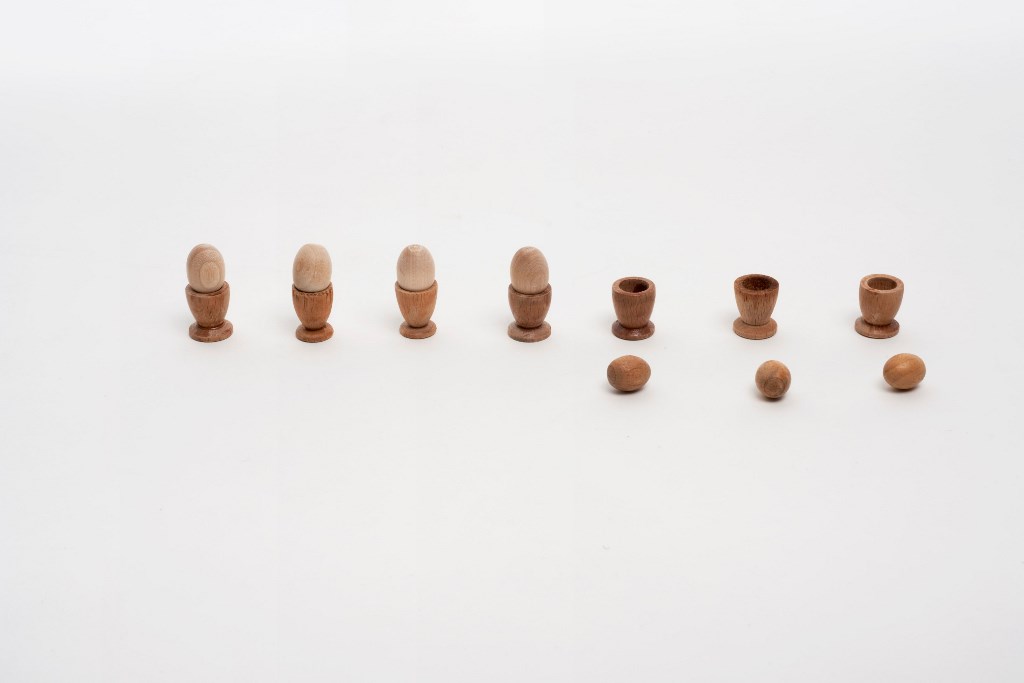
Eggs and eggcups: term to term correspondence. Photo: Denis Ponté and Roger Chappellu
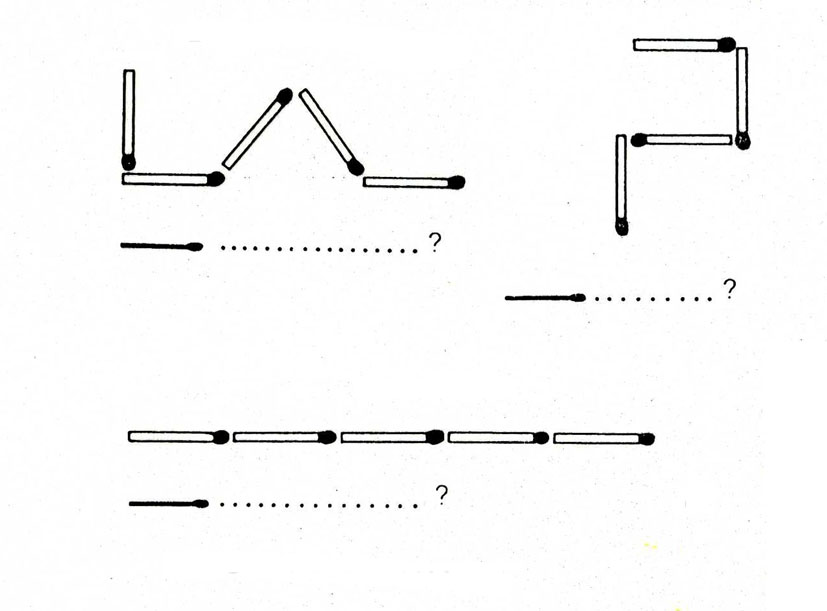
The matchstick test was used in microgenetic studies on procedures that are still valid today.
Validity of the Piagetian methodology
From the 1990s onwards, it began to be claimed that the clinical-critical method was, for research purposes, slow and less effective than the contemporary experimental methods used in child psychology, especially those that make use of current computer resources. This made difficult the survival of the Piagetian method in an academic environment pressed by the dictum “publish or perish”. However, neither the relevance nor the reproducibility of its results have been affected, unlike many other classical psychological results. In fact, recently, the Open Science Collaboration (2015) showed that only 37% of classical experiments in psychology are replicable. Although the Piagetian experiments were not analyzed in this report, everything seems to indicate that, repeated under the same conditions, with the original devices and with the dialectics of the clinical method, these experiments continue to yield the same results, giving rise to the same combinations of answers, arguments and certainties in children.


